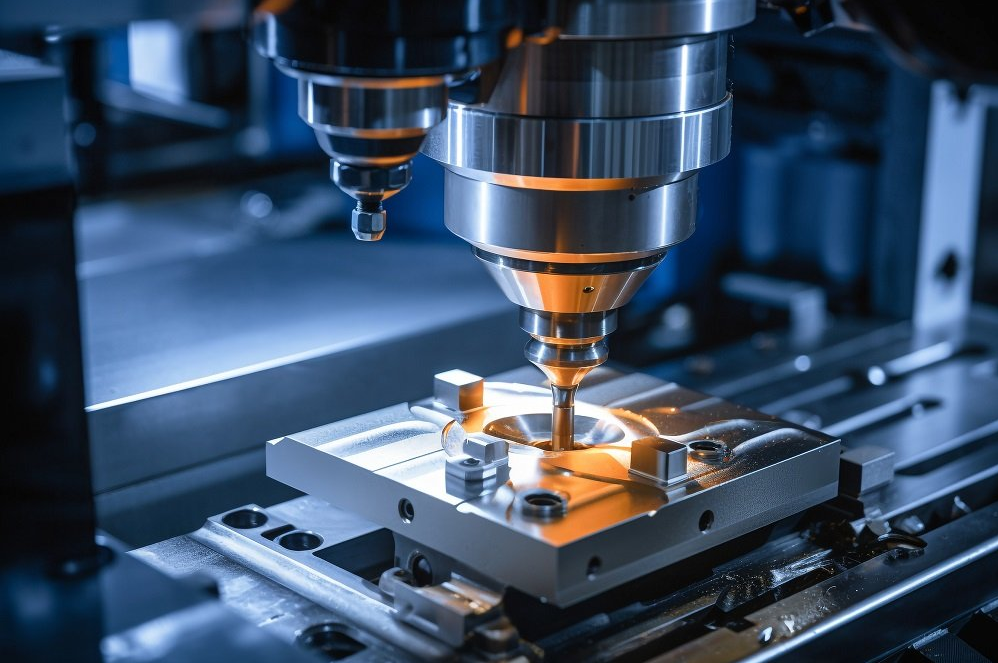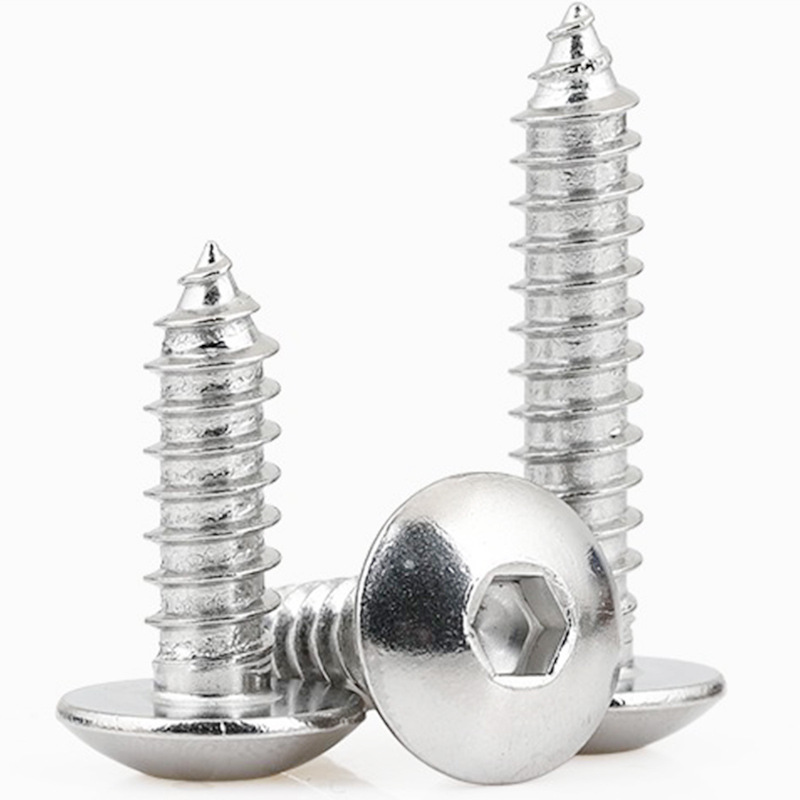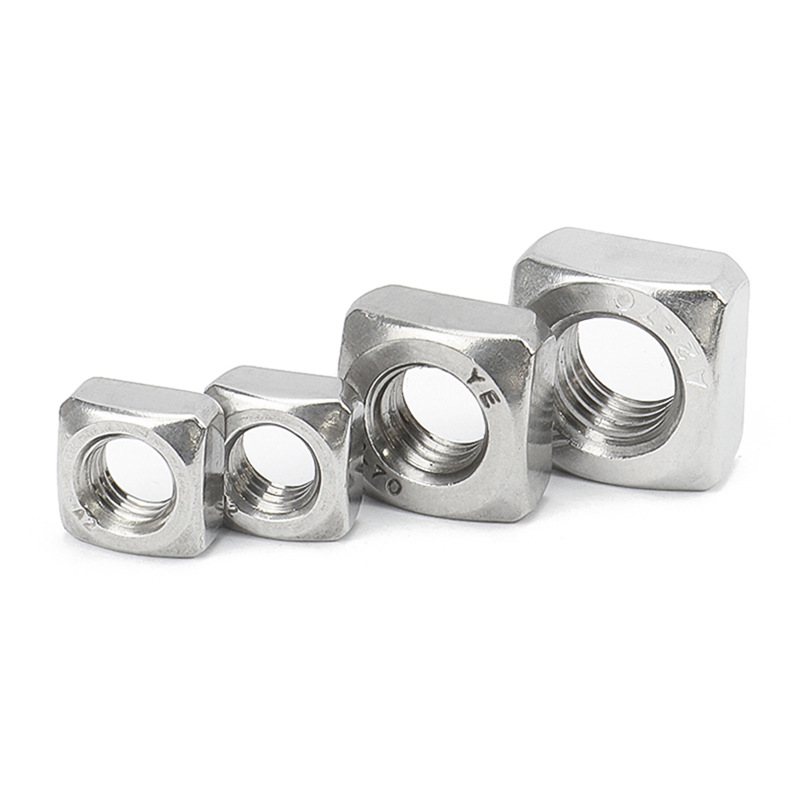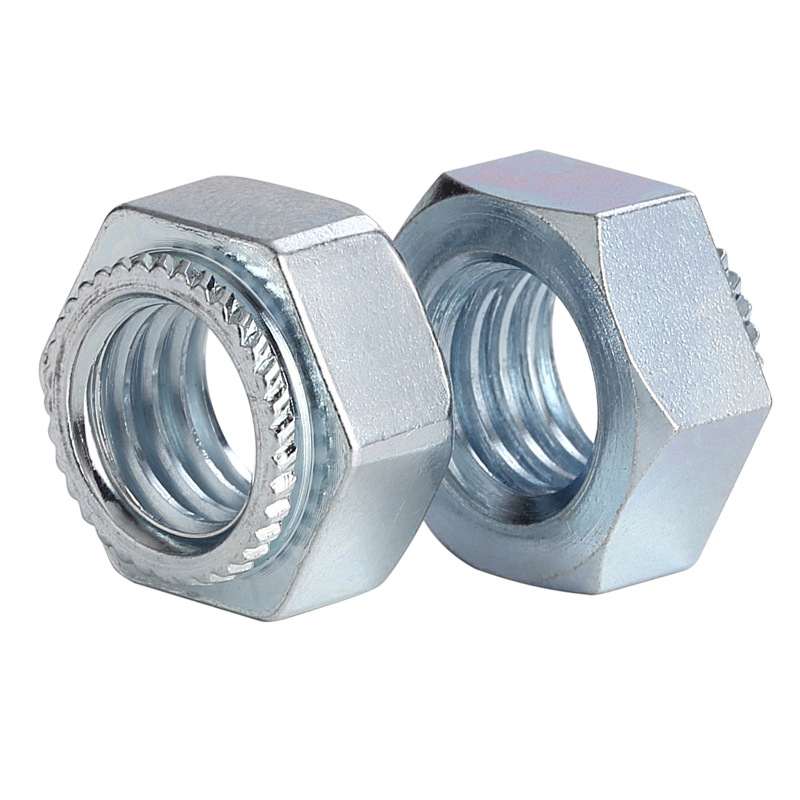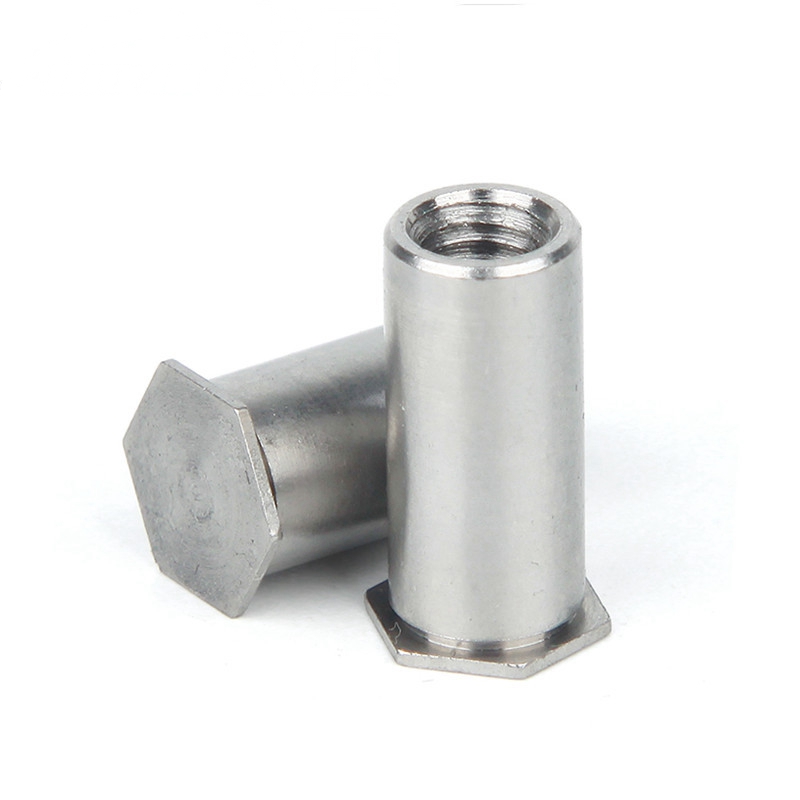Abstract
2205 is a kind of stainless steel material, belongs to the duplex stainless steel, which is composed of 22% chromium, 2.5% molybdenum, 4.5% nickel nitrogen, characterized by high strength, good impact toughness, overall and local stress corrosion resistance is strong, and ordinary austenitic stainless steel such as 304, its yield strength is more than twice as high.
Duplex stainless steel 2205 alloy compared with 316L and 317L austenitic stainless steel,2205 alloy in the corrosion resistance and crack corrosion performance is superior, it has high corrosion resistance, compared with austenite, its thermal expansion coefficient is lower, higher thermal conductivity.
Duplex stainless steel alloy 2205 has twice the compressive strength compared to austenitic stainless steel, allowing the designer to reduce its weight compared to 316L and 317L. Alloy 2205 is particularly suitable for the temperature range of -50 °F/+600°F, and can also be used at lower temperatures under severe restrictions, especially for welded structures.
Chemical component
Chemical composition of 2205 stainless steel (ASTM A240/A240M) (wt%):
| Chemical component | Carbon (C) | Silicon(Si) | Manganese (Mn) | Phosphorus (P) | Sulfur (S) | Chromium (Cr) | Nickel (Ni) | Molybdenum (Mo) | Nitrogen (N) |
| Standard | ≤0.03 | ≤1.00 | ≤2.00 | ≤0.03 | ≤0.02 | 22.0-23.0 | 4.5~6.5 | 3.0-3.5 | 0.14-0.20 |
Mechanical property
Mechanical properties (ASTM A240/A240M) :
| UNS code number | Item | Tensile strength (Min) | Yield strength (Min) | 2 inch elongation | Hardness (Max) | Cold bend | |||
| kis | MPa | kis | MPa | Brinell Hardness | Degree of hardness B | ||||
| S32205 | 2205 | 95 | 655 | 65 | 450 | 25 | 293 | 31 | no requirement |
Application fields
Pressure vessel, high pressure storage tank, high pressure pipe, heat exchanger (chemical processing industry). The high strength and corrosion resistance of 2205 duplex steel make it have high corrosion fatigue resistance. Processing equipment is susceptible to corrosive environments and loading cycles, and the characteristics of 2205 are well suited for such applications.
· Oil and gas pipelines and heat exchanger pipe fittings
· Sewage treatment system
· Pulp and paper industry classifiers, bleaching equipment, storage and processing systems
· Rotating shaft, press roller, blade, impeller, etc. in high strength corrosion resistant environment
· Cargo boxes for ships or trucks
· Food processing equipment
· Fasteners
construction
The chemical composition of 2205 is annealed at 1900°/1922°F (1040°/1080°C) to obtain the ideal microstructure 50α / 50γ. If the temperature of the heat treatment is higher than 2000°F, it may lead to an increase in ferrite composition. Like other duplex stainless steels,2205 alloy is susceptible to precipitation of intermetallic phase. The intermetallic phase precipitates between 1300°F and 1800°F, and it precipitates most rapidly at the temperature of 1600°F. Therefore, we need to test 2205 to ensure that there is no metal interphase, and the test refers to ASTM A 923.
Processability
Hot forming
It is recommended that forming should be carried out at temperatures below 600°F as far as possible. In the thermoforming process, the whole workpiece should be heated as a whole, and it should be carried out in the temperature range of 1750°F to 2250°F, and 2205 alloy is very soft at this temperature. If the temperature is too high,2205 alloy is prone to thermal tearing. Below this temperature, the austenite breaks. Below 1700°F, the intermetallic phase forms very quickly due to the effects of temperature and deformation. Immediately after thermoforming, it should be annealed at a minimum temperature of 1900°F and quenched to restore its phase balance, toughness and corrosion resistance. We do not recommend stress relief, but if it must be done, the material should be annealed by solid fusion at a minimum of 1900°F followed by rapid cooling for water quenching.
Cold forming
Alloy 2205 can be cut and cold-formed. However, due to the high strength and hardness of 2205 alloy itself, it is more necessary to cold forming than austenite steel, and because of its high strength, the rebound factor should be fully considered.
Heat treatment
Alloy 2205 should be annealed at a minimum temperature of 1900°F and then rapidly cooled for water quenching. This treatment is used for solid melt annealing and stress relief. “Stress relief treatments, such as those performed at temperatures below 1900°F, can easily lead to the precipitation of harmful metallic or nonmetallic phases.”
Mechanical machinability
On high-speed machine tools, the feed rate and cutting speed of 2205 alloy are the same as those of 316L. If a carbonized knife is used, the cutting speed is reduced by about 20% compared with 316L, and the performance of the machine and its components plays a key role in thisweldability
The weldability of alloy 2205 is excellent. The desired properties of 2205 alloy are that the welded metal and the heat-modified part still maintain the same corrosion resistance, strength and toughness as the base metal. The welding difficulty of 2205 is not large, but it is necessary to design the welding procedure so that after welding, it can maintain a good phase balance and avoid the precipitation of harmful metal phase or non-metal phase.


